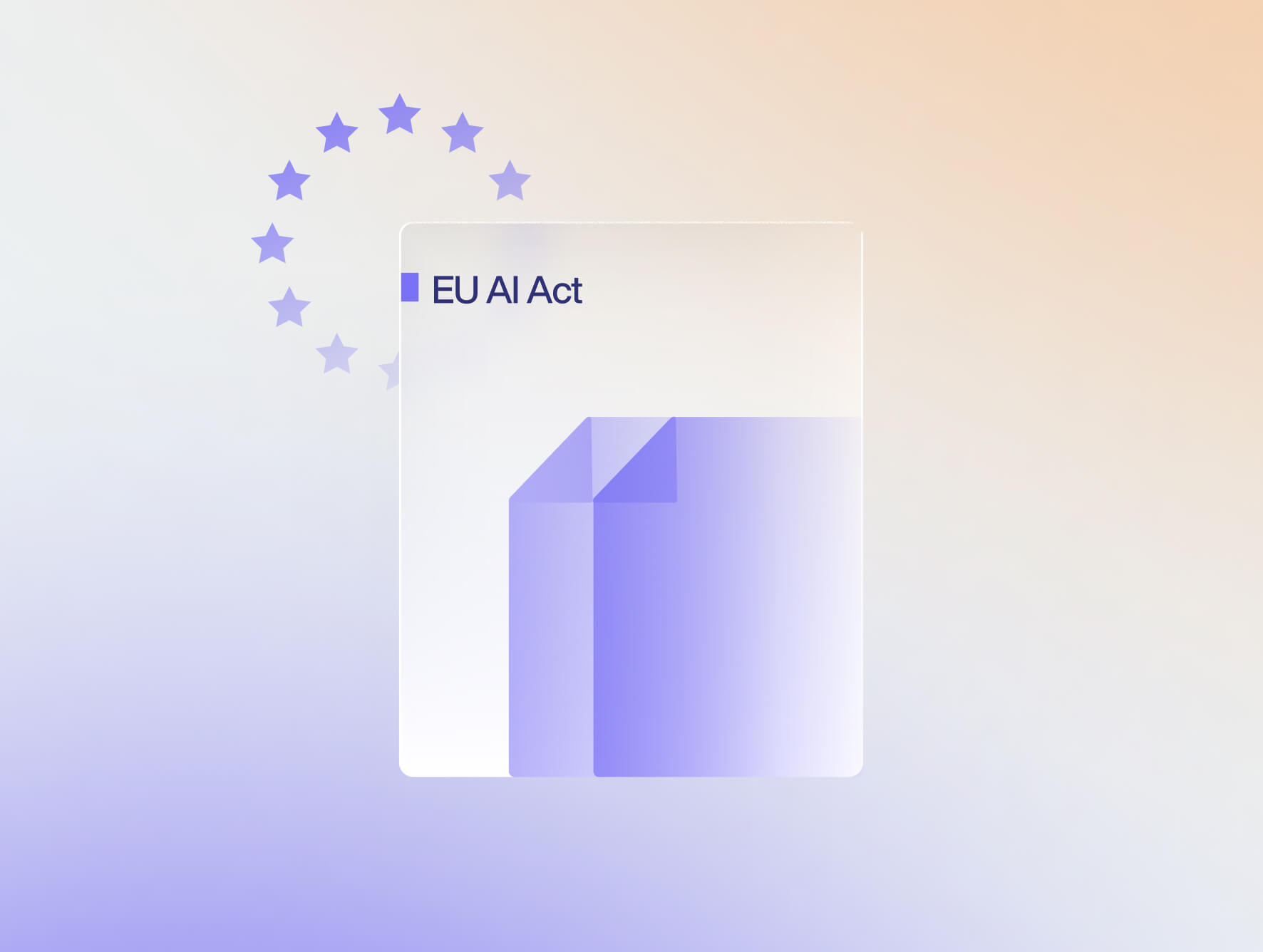The European Union (EU) Corporate Sustainability Reporting Directive (“CSRD”) was published on December 16, 2022 by the EU Commission. On January 5, 2023, the Corporate Sustainability Reporting Directive (CSRD) came into force, driving pay equity forward in the European Union. Rules relating to this directive will begin applying in 2025 for financial year 2024 for large organizations, through 2029 for financial year 2028 for smaller businesses.
What Does it Mean for Pay Equity?
The CSRD replaces the Non-Financial Reporting Directive (NFRD) and more than quadruples the number of companies required to report on ESG, which has risen from 11,700 to almost 50,000. As ESG reporting requirements expand, all public and private entities previously subjected to NFRD, and large EU organizations that meet any two of the following criteria will be required to comply:
- Those with more than 250 employees
- Net turnover (revenue) of more than €40 million
- Total assets of more than €20 million
Non-EU organizations with a net turnover of more than €150 million in the EU and an EU branch or subsidy, will also be required to comply, in addition to companies with securities listed on an EU- regulated market, regardless of whether the issuer is established in the EU country This means that some companies in the US may be required to issue sustainability reporting that meets the CSRD requirements. Reporting on pay equity is a key element for all companies required to produce an Annual Sustainability Report.
The EU’s Struggle with Pay Equity
One of the key social factors of the CSRD is equal treatment and opportunities for all, which includes equal pay for work of equal value, a principle enshrined in EU treaties. Its enforcement remains limited, however. The most recent figures reveal a gender pay gap across the European Union average 13%. Progress towards pay equity is slow; the gender pay gap in the European Union has closed only minimally in the past decade.
Significant gender pay gap differences are also notable across the EU’s 27 member states, ranging from under 1% in Luxembourg to more than 18% in nations including Germany and Switzerland.
The Pay Equity Related Standard and Auditor Requirements of the EU Corporate Sustainability Reporting Directive state: “Under the draft standards, the employer must report the Basic Salary and Remuneration Ratio (or Annual Total Compensation Ratio) between male and female employees. In addition:
- Basic Salary and Remuneration includes: (1) base salary, (2) other cash compensation (cash allowances, bonuses, commissions, profit-sharing, other variable payments), (3) long term incentives (equity-based compensation).”
The EU Pay Transparency Directive
As well as this legislation, employers must now comply with the EU Pay Transparency Directive of 2023 as follows:
- 250+ workers: gender pay gaps must be reported publicly annually
- 150-249 employees: gender pay gaps reported publicly every three years
- 100-149 employees: gender pay gaps reported publicly every three years (five years after the transposition of the Directive)
In effect, by 2026, all large employers must report gender pay gaps. By 2031, all smaller employers (100 or more employees) will have to comply. This is intended to “strengthen the application of the principle of equal pay for equal work or work of equal value between men and women through pay transparency and enforcement mechanisms.” Pay transparency requirements were initially proposed in 2021.
On March 30, the European Parliament moved to end the gender pay gap by approving the legislation. Employers in member countries will be fined for failing to comply, while employees will be entitled to compensation. In a groundbreaking move, the directive recognizes people identifying as non-binary. In addition, the EU’s new pay transparency rules mean:
- Employers will have to provide information about the pay level of their job vacancies prior to interview
- Employers will not be allowed to ask candidates about their salary history
- All employees can ask for information on their individual and average pay levels, broken down by male/female, for workers doing the same work or work of equal value
- Employees will have access to the criteria used to define salary and pay raises, which must be objective and gender-neutral
- Employers will have to publicly report on the gender pay gap (differing requirements for different size of the organization)
- Where a gender pay gap of 5% or more exists, which cannot be justified on the basis of objective gender-neutral factors, employers will have to carry out a pay assessment
A Global Shift Toward Equal Pay for Equal Work
Beyond the EU’s Corporate Sustainability Reporting Directive, pay transparency is integral to creating a fairer society. In an era of staffing shortages, employers that ensure pay equity are more able to build a culture of trust to attract and retain talent. Pay equity is interconnected with global issues surrounding diversity, equity, inclusion, and access (DEI&A), as well as the “social” element of ESG criteria.
Measures such as enhanced pay data reporting, public posting of pay ranges in job listings, and salary history bans are increasingly passing in US legislation. Most recently, New York State has announced an amendment to its rules, with Massachusetts expected to be next in line to enact pay transparency legislation.
Addressing Potential Pay Discrimination in Your Company
Employers can ensure compliance with the CSRD and Pay Transparency directives in two key ways:
- Carry out a pay equity analysis to identify the existing disparities within your compensation structures. An internal pay equity analysis provides details on an individual, departmental, or company-wide level. Our pay equity software solution, PayParity, delivers a clear picture of disparities and offers the tools to create a more equitable workforce.
- Take action to proactively prevent pay inequity in your organization. Our Salary Range Finder® combines internal pay equity audit data with LightcastTM external market data. This enables companies to establish fair and equitable salary ranges for each job and prevent pay inequity from being created.
Staying GDPR Compliant with the European Union
The GDPR applies both within and outside of Europe. Organizations that handle related data, whether they are based in the European Union or not, must therefore comply. This is known as the “extra-territorial effect.” Trusaic is GDPR certified and can assist any organization in any EU state in meeting its obligations under both the EU Corporate Sustainability Reporting Directive and the EU Pay Transparency Directive.









